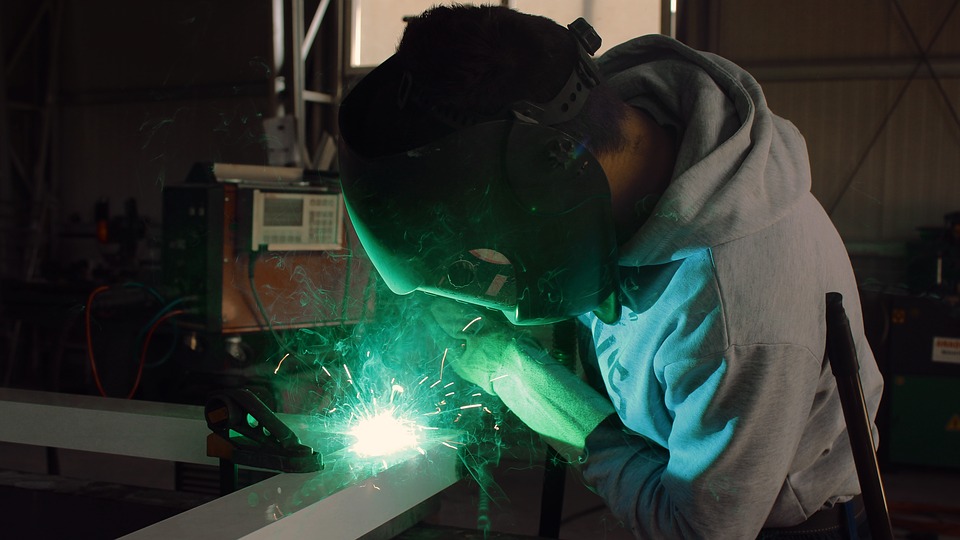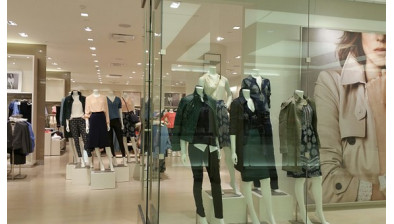UK manufacturing sector saw challenging start to first quarter of 2021
The UK’s manufacturing sector lost its momentum in the first quarter of this year, as the nationwide lockdowns continued to take effect, according to the January CBI Industrial Trends survey.

Nevertheless, the survey has indicated that the sector was more concerned about its outlook, notably including the potential disruption to output from supply issues with materials and components due to COVID-19 and the UK’s new relationship with the EU.
It is also likely that the manufacturing sector has been affected by the end of the temporary boost it received in late-2020 from stockpiling and a lift to foreign orders ahead of the UK and EU transition period ending on 31 December.
However, manufacturers reported that output was essentially stable over the past three months, showing that the sector has recently been among the more resilient sectors of the economy. Lessons have been learned throughout 2020 in keeping activity going amid COVID-19 restrictions.
The orders balance in the CBI survey fell to -38% in January from a 10-month high of -25% in December. This was the result of both softer domestic and foreign demand. Output expectations for the next three months weakened to be at their lowest since mid-2020.
The quarterly CBI survey showed a decline in manufacturers’ confidence. Disappointingly, investment plans were largely weaker, adding to concerns over extended weak business investment weighing on the economy.
Encouragingly, employment reduced at the slowest rate since October 2019 over the past three months. In addition, headcount is expected to be essentially flat over the next three months.
Anna Leach, CBI deputy chief economist, said: “With business optimism improving at its fastest pace since 2014 and some of the squeeze on investment plans lifting, it’s clear manufacturers are entering the new year with a spring in their step. Firms are now planning to invest more in plants and machinery, which will ultimately help increase capacity and output.
“However, this boost to sentiment belies poor trading conditions over the past quarter, with output and orders still declining. If we are to build on this rebound in optimism among UK manufacturers, it is crucial for the UK and EU to establish a trade deal that supports growth in this sector.”
Tracy Black, CBI Scotland director, commented: “With vaccine approval news being offset by another nationwide lockdown in Scotland, this survey seems to have bucked the trend seen over much of 2020, with a broad stabilisation in activity across the sector. But the fact that firms are feeling pessimistic about the immediate future reflects a sense of hopes dashed, and the need to brace for more tough months ahead.
“Cost pressures and evaporating demand mean that the Scottish and UK governments need to avoid tapering off business support and ensure that existing resources get to firms that need them as quickly as possible. Extending the successful Job Retention Scheme until the end of June would be a huge relief and go some way to protecting jobs and livelihoods.
“The uptick in investment intentions across the board tells a positive story about firms’ commitment to build back better from the pandemic. It’s also a good reminder that Scotland remains a great place to live, work and do business.”
Howard Archer, chief economic advisor to the EY ITEM Club, added: The simultaneously released CBI quarterly survey showed that confidence among manufacturers weakened appreciably. The business optimism index dipped to -22% in January from 0% in October. This was significantly influenced by increased pessimism over export prospects.
“Investment intentions were weaker overall. The CBI reported investment intentions for the next year have declined for plant & machinery and product & process innovation. Capital expenditure on buildings is expected to decline next year to a similar extent to last quarter. Spending on training & retraining is expected to be broadly unchanged compared to last year.
“A balance of -10% of manufacturers reported that headcount fell over the past three months, compared to -27% in the October survey. The latest figure is the smallest decline since October 2019. Headcount is expected to be essentially flat over the next three months with a balance of -1% of manufacturers expecting to increase headcount.”







